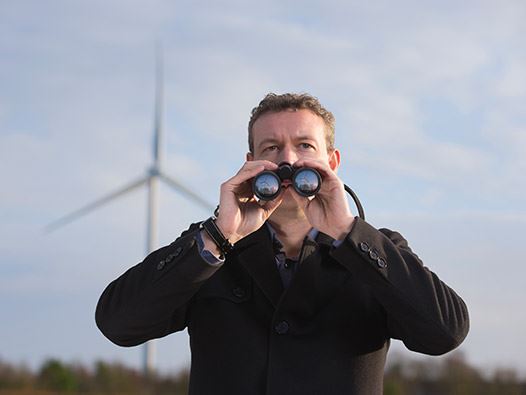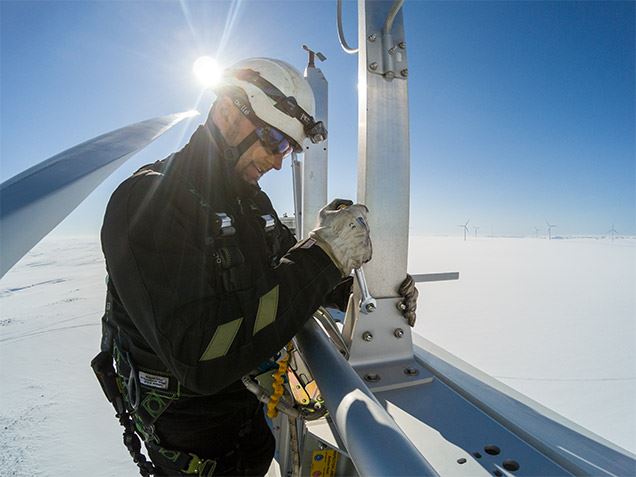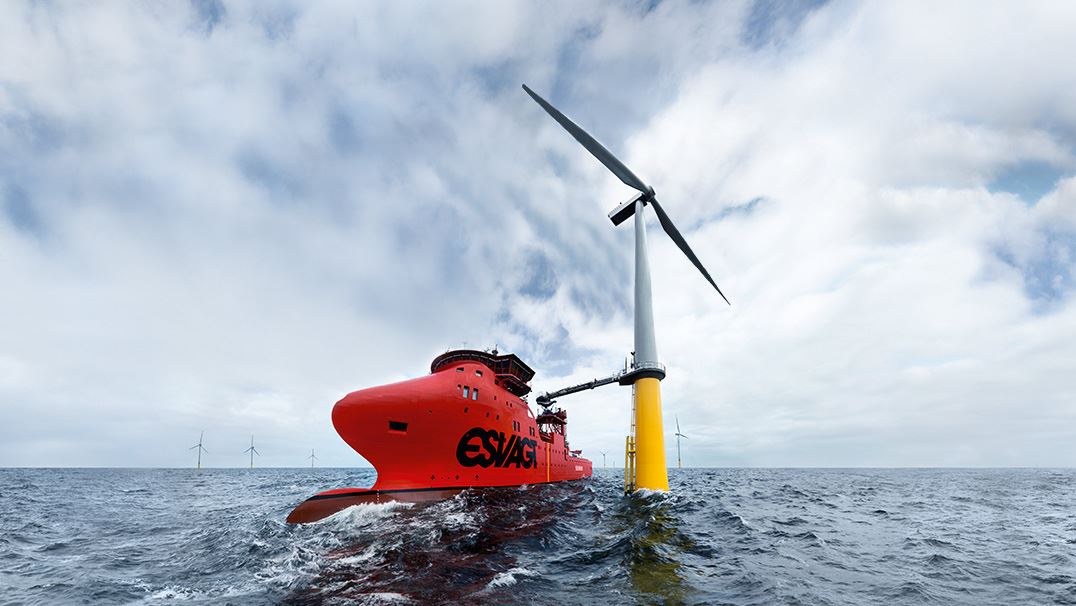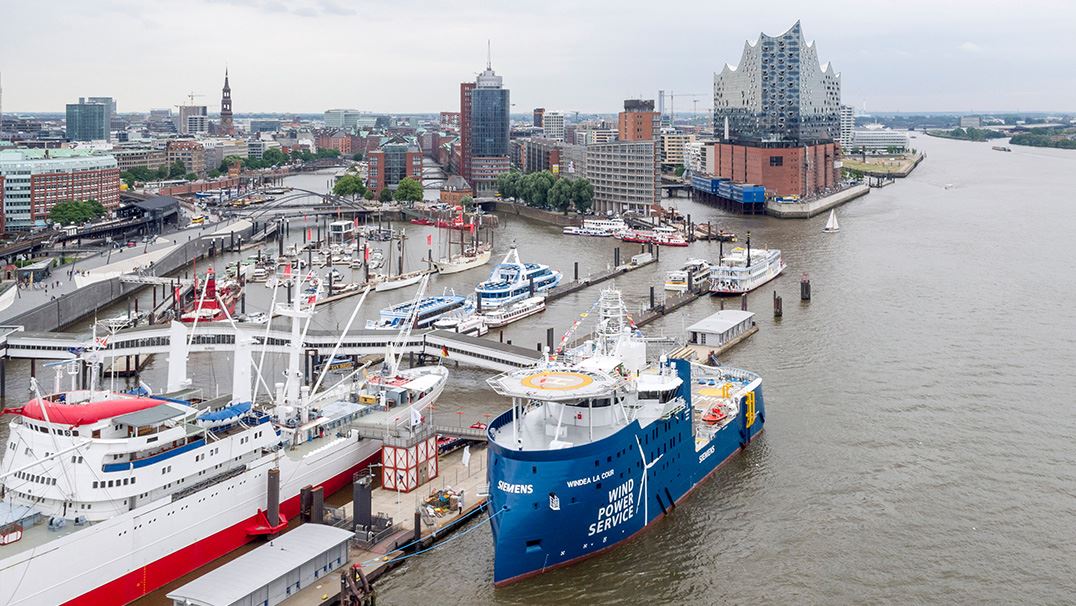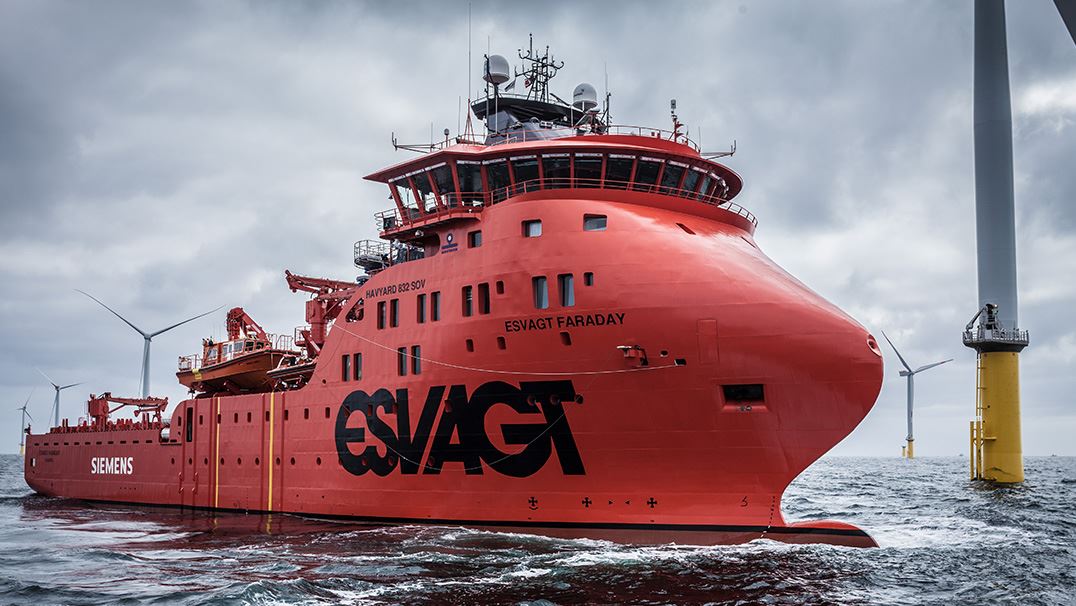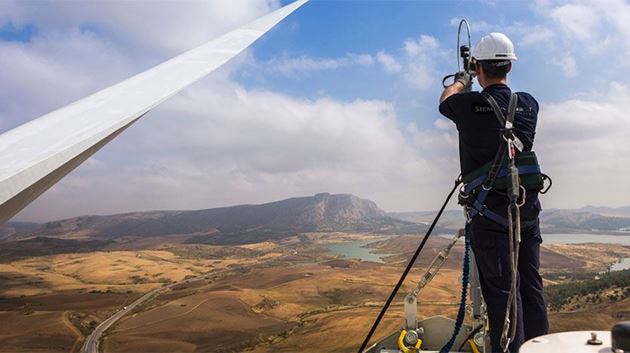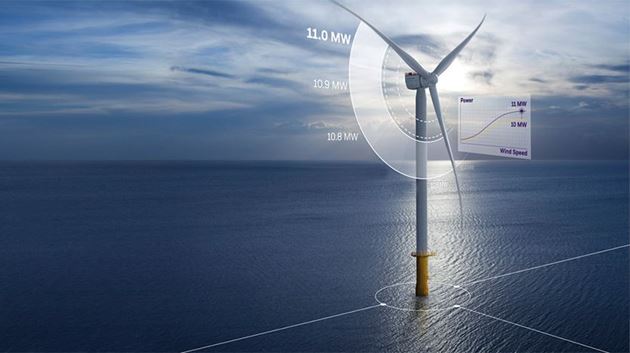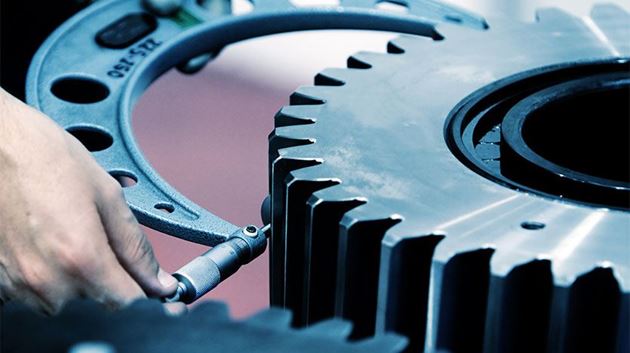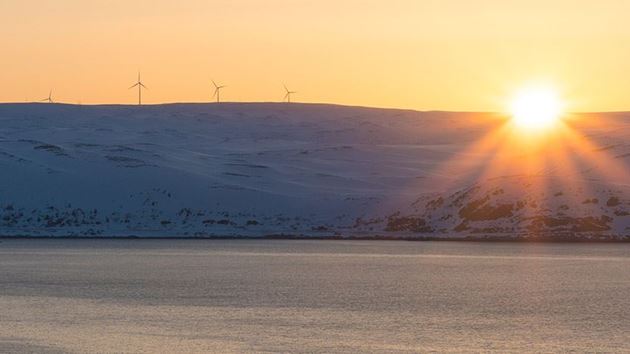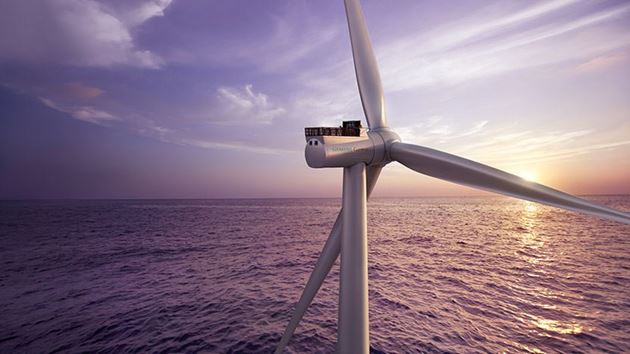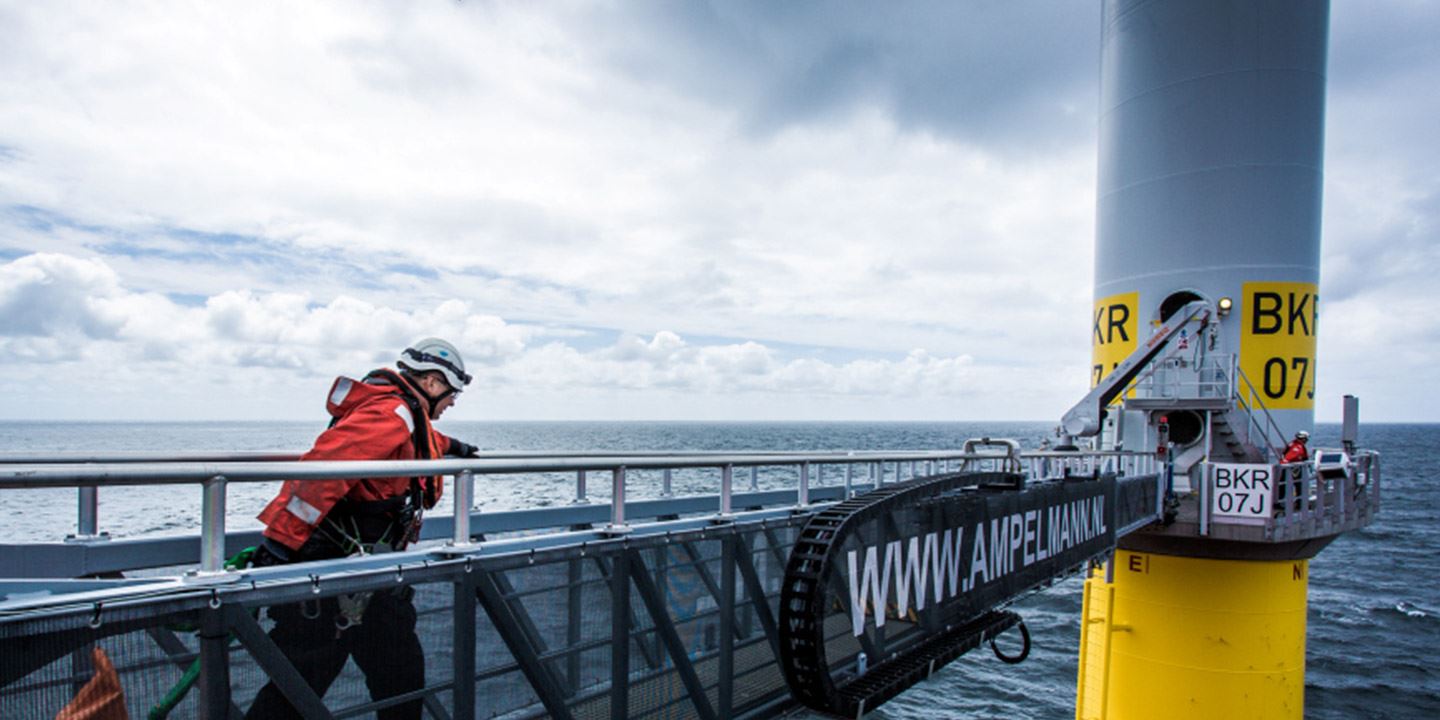
Offshore Logistics
For maximum yield
Are you interested in our offshore service logistics solutions? Please contact our service team.
- Improves offshore wind power plant availability by greater efficiency
- Less weather downtime due to safe operation at high waves
- Fast response to service needs by operation within the boundaries of your wind farm
Complex and large far shore offshore wind farms
| Jack Up Vessel – Handling large components |
| Crew Transfer Vessel – For wind farms close to shore |
| Helicopter – Fast access via air |
| Space on deck | 305 m² |
| Capacity for | 8 20-foot-high containers |
| Accommodation | 40 technicians |
| Optimal Distance | 50 - 100 km from shore |
| Time at sea | up to 3 weeks |
| Effective working hours | 10 h during a 12 h shift |
| Weather downtime | 10 - 15 % |
| Transfer between turbines | 30 minutes |
| Operational wave height | up to 2.5 m |
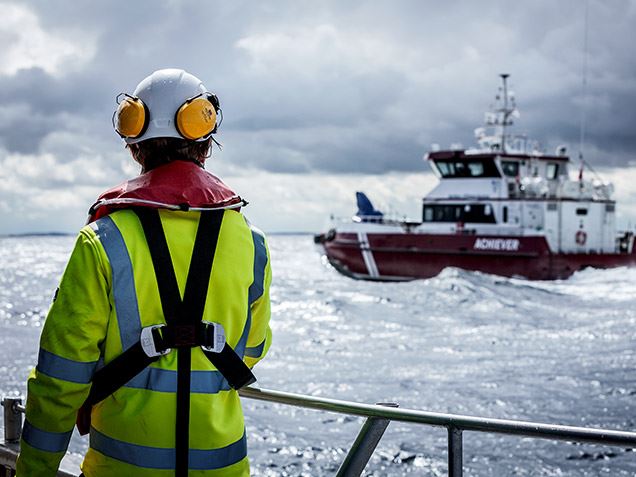
Integrated logistics are central for achieving maximum yield and overcoming challenging conditions when servicing offshore wind farms. Therefore, we tailor logistics to the individual requirements of each project at sea – no matter whether they are near or far from shore. Customers can choose from service operations vessels, helicopter services, or crew transfer vessels for regular maintenance operations. When a heavy component exchange is needed, chartered jack-up vessels can be deployed quickly.
How does the armada of service vessels and airborne solutions results in a more reliable and efficient service?
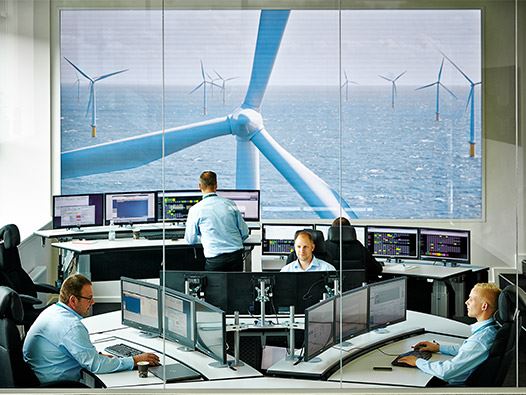
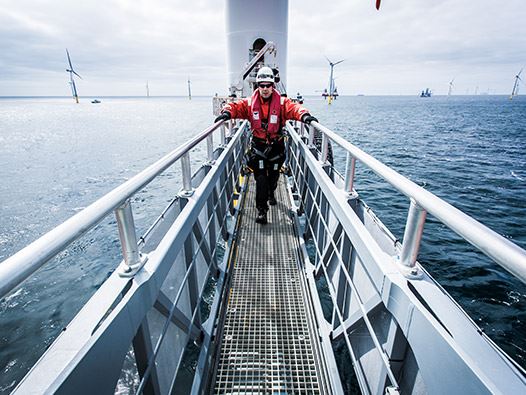
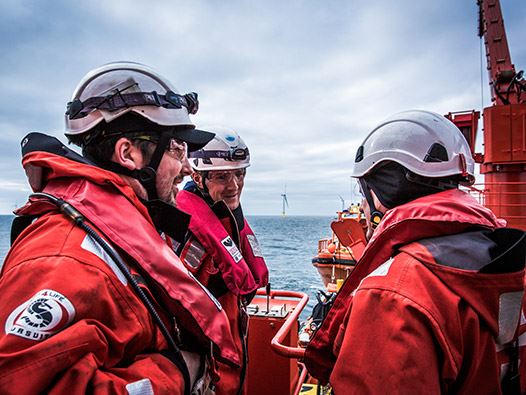
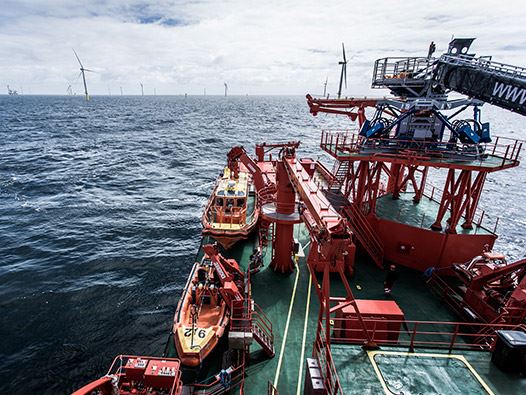

Achim Berge Olsen, Managing Director of wpd Offshore GmbH, knows that in order to lower offshore costs, it’s important to save money on turbine maintenance. That’s why wpd commissioned Siemens Gamesa to develop a tailor-made concept for the maintenance and repairs of the wind power plant Butendiek. The resulting service SOV can remain at sea near the wind park for several weeks at a time, its cutting-edge technology allowing for a faster, safer, and more efficient service.
“It can do two things that normal service ships can’t do,” says Olsen. “It can stay in the wind park even in rough weather and wind conditions, and – thanks to the hydraulic bridge – reach the turbines more often than is possible using normal entry systems. Today, this makes it the most effective way to service offshore wind power plants. We are convinced of that.”
